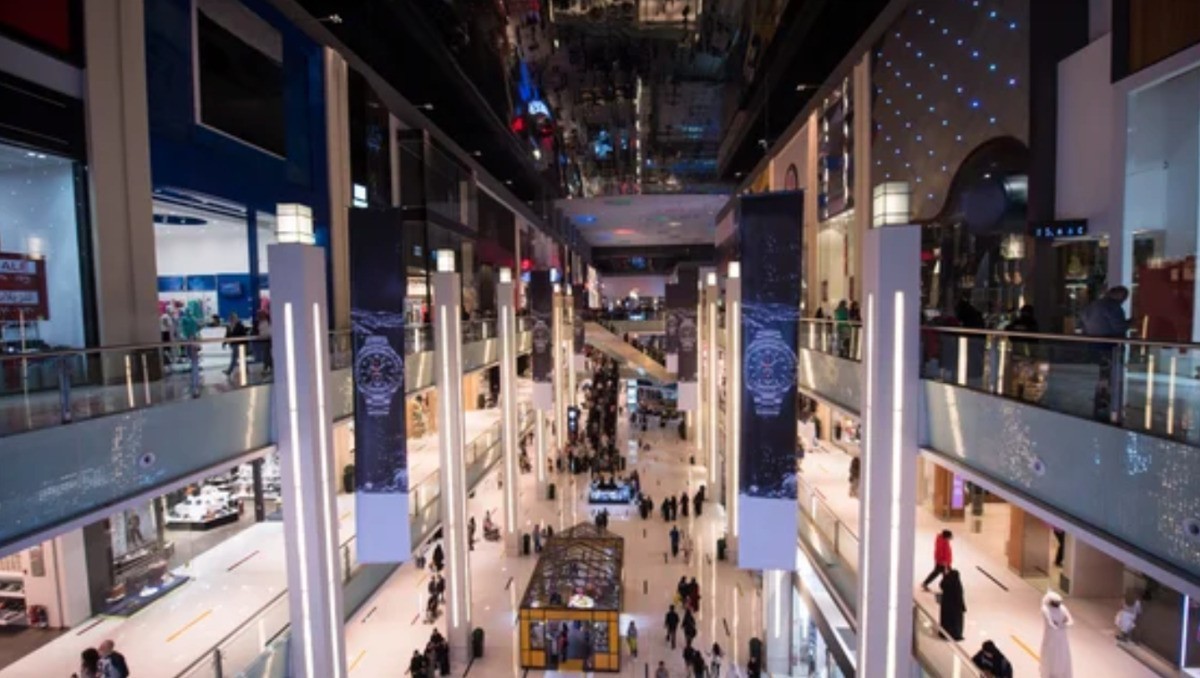Energy Efficiency in Shops: what Measures to put in place

It was a sweltering summer, and so was the energy news! Have you noticed that the topic of energy saving is currently at the heart of all conversations? Energy efficiency, new regulations, decrees or energy saving measures...No matter what type of media you visit, you can't miss it. The time has come to reduce our energy consumption. Individuals, companies and local authorities are all being called upon to use less energy. But, in concrete terms, what is expected from companies?
Keep on reading to know more!
Energy Savings for Businesses
As you know, the year 2022 has been a turning point for the energy sector: for several months now governments have been talking about a recurring term, energy efficiency. Many European countries have announced concrete actions for the coming months. And for a good reason, the stakes are high on a European scale. Since this winter's energy crisis, reinforced by the war in Ukraine, concerns about energy prices and bills have been growing, creating a climate of uncertainty.
Moreover, for several years now, the European Commission has been pushing companies towards an energy transition and a reduction of their carbon impact by implementing regulations and roadmaps such as the famous Energy Efficiency Directive or the Green Pact for Europe. Thus, companies have to rethink their energy model and implement energy-saving measures to face the challenges of this climate and economic crisis.
Energy Efficiency for Enterprises
On a European scale, the Council of Europe has just adopted a regulation that imposes a 15% reduction in gas demand. Of course, each country manages its supply and consumption differently, but the goal remains the same: reducing energy consumption. In the UK, on April 7th 2022, the British Energy Security Strategy was published by the government. In this sense, it includes a proposal for an over 40% reduction in gas consumption by 2030.
In 2020, businesses accounted for 18% of the UK's total greenhouse gas emissions. According to the Business Insights and Conditions Survey (BICS), in 2021, 38% of companies stated that they were taking at least one action to reduce their greenhouse gas emissions, while 24% stated that they intended to take action in the next 12 months.
Compared to many countries, the UK is a bit behind in terms of energy legislation, which justifies the low figure above... however, there are certain regulations covering companies in the Kingdom, we can think about such as (but not only):
- The compulsory inspection of air conditioning: all air conditioning systems with an actual rated capacity of more than 12 kW must be regularly assessed by an energy expert. This is to prevent the emission of Fluorinated greenhouse gases (F-gases), a powerful greenhouse gas with a terrible impact on the environment.
- The 2021 Ecodesign of Energy-related Products and Energy Information Regulation: must be understood and applied by companies operating in retail. It introduces eco-design and energy labelling obligations for certain energy-related products to ensure consistency between the UK and the EU.
- The Minimum Energy Efficiency Standard (MEES) became effective in England and Wales on 1 April 2018 in order to encourage property owners to improve the energy efficiency properties rated F or G. In this sense, the Minimum Energy Efficiency Standard Rating is E and above
4 Energy Efficiency Measures that should be adopted by the Retail Sector
Retail is a very special sector that requires a lot of energy. Whether we are talking about a supermarket or a clothing shop, any type of establishment that falls into this category has a common objective: meeting the need for customer comfort, in terms of lighting or room temperature. Sometimes achieving very good results does not require tremendous effort...For instance, lowering your shop's indoor temperature...did you know that a 1°C decrease in heating temperatures can reduce your energy consumption by up to 8%? Still according to our Partner Optimised, in a typical retail shop, around 73% of energy expenditure is related to heating, ventilation and air conditioning, hot water, and exterior and interior lighting.
If you work in retail, here are some tips you can apply today to reduce your energy costs and lower your carbon footprint:
1. Switch to LED lighting
Supported by government programmes to reduce carbon emissions in the UK, the LED sector has experienced significant growth in the last few years. Indeed, LED lighting is considered to be the longest-lasting lighting solution, as it offers better quality and performance in terms of energy efficiency. With an average 60-watt bulb costing £78.36 per year if left on 24h/day, 365 days a year, it's easy to see how high retailers' electricity bills can be. In addition, with a shift to LED lighting, you will be able to cut your energy consumption by up to 80%.
2. Opting for Renewable Energy and Photovoltaic Self-Consumption
>>> Read the full article here



